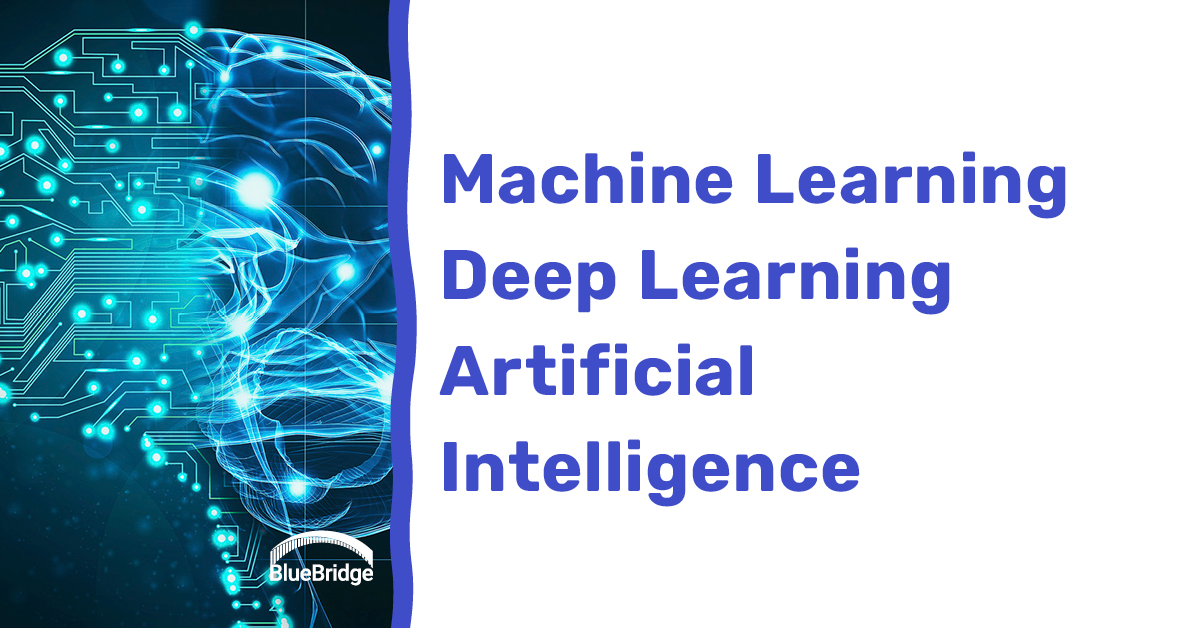A Crash Course in Analytics.

From smart home applications to autonomous vehicles, automated decision-making is becoming a widespread asset thanks to its efficiency. We expect more and more companies in Ohio to adapt those techniques in the near future.
Concepts such as machine learning or A.I. have been realized for everyday use. Though, it’s important to understand that these terms are not interchangeable.
Distinguishing Between The Big Three.
Before we continue, let us quickly summarize: Analytics is the scientific process of transforming data into a more fluent form so that it can be better understood. This is specifically helpful so that future endeavors can be improved from the knowledge that the analytics reveals.
Within the world of cybersecurity, this definition can be expanded to mean the collection and interpretation of said data from multiple sources, and in different formats for identifying threat characteristics.
- Machine Learning: Automated analytics that learn during their operation, recognizing patterns in data. Important for cybersecurity because of the volume and velocity of Big Data.
- Deep Learning: Varying layers of input and output nodes (like brain neurons), with the ability to learn. Can also make use of Machine Learning.
- Artificial Intelligence: The most complex and intelligent analytical technology. It is a self-learning system applying complex algorithms which imitate human-brain processes such as decision making, anticipation, reasoning, and most importantly problem solving.
The Benefits of Analytics within the World of Cybersecurity.
Big Data, the term coined in 1997, is heavily used in cybersecurity as the volume and velocity of threats continue to explode. Security teams are overwhelmed by the immense volume of data they must sift through to continue to protect the environments they’re responsible for from cyber threats.
Analytics are immensely helpful in expanding our capabilities by sifting through enormous quantities of data and presenting it as valuable intelligence.
These technologies must be used strategically and responsibly and can be applied differently depending upon the problem at hand. Here are some scenarios where analytic technologies can make all the difference:
- Identify hidden threats with Machine Learning: Machine Learning algorithms recognize patterns immeasurably faster than a person can. This pattern recognition will detect behaviors that lead to security breaches, and it periodically learns to become smarter. Machine Learning typically is diagnostic and predictive in nature.
- Defend against new threats with Deep Learning: Complex and multi-dimensional, Deep Learning can reflect similar multi-faceted security behaviors in its actual algorithms. If the situation is complex, the algorithm is likely to be complex. It can detect, protect, and correct familiar or unfamiliar threats by learning what is reasonable within any environment and identifying outliers and unique relationships. Deep Learning can be diagnostic, descriptive, and predictive.
- Anticipate threats with Artificial Intelligence: Artificial Intelligence uses reason and logic to understand its environment/ecosystem. Like a human brain, AI considers value weighted judgements and outcomes in determining good or bad, right or wrong. It utilizes a number of complex analytics, including Deep Learning and NLP (Natural Language Processing). While Machine Learning and Deep Learning can span descriptive to prescriptive analytics, what AI does extremely well is the more mature analytics of predictive and prescriptive.

